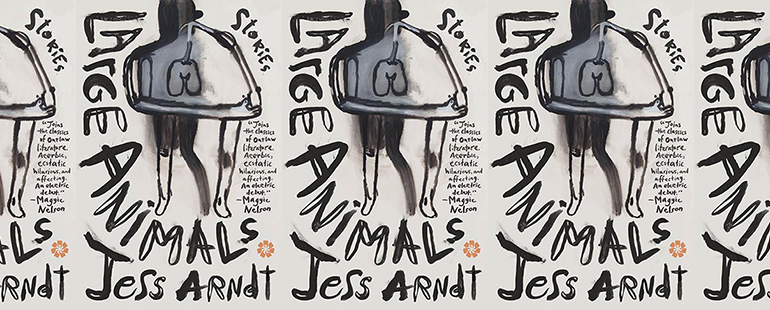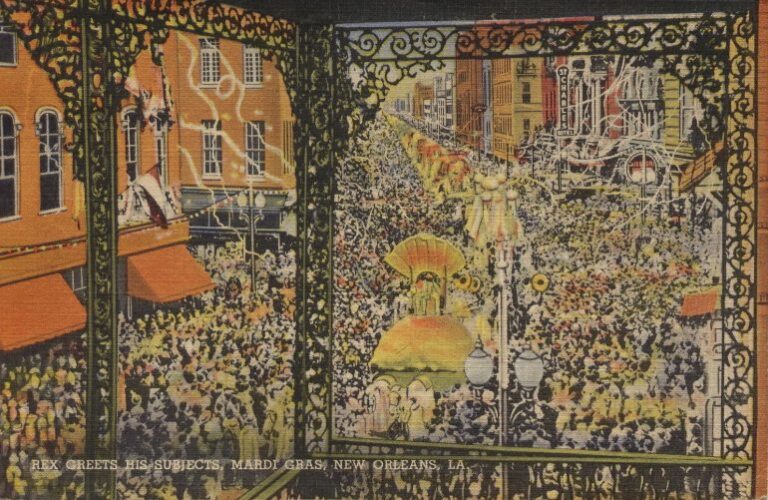The Body in Distress

This month, I started taking dance classes inspired by pop and hip-hop music videos. As I sweat it out, doing my best to leave my inhibitions and competitiveness behind and gain enough control of my body to let it lose itself in the choreography unhindered, I’ve been asking myself what I’m actually doing there, twerking and crawling across the floor. It feels great to loosen my body and let it be audacious and sexy without worrying about being embarrassed, misunderstood, or hurt. But is shaking my ass in front of a mirror empowering, or am I just improving my talent as eye candy? Can I actually enjoy my body without considering what it looks like?
Our bodies can be instruments, weapons, sources of joy and pleasure and intense turmoil. This month, as I belabored the hidden meanings of the body roll, I also read two books that investigated all that our bodies can do and signify.
In Ron Dahan’s novella Animal, a poet (who, though unnamed, bears a striking biographical and bibliographical resemblance to Dahan himself) leaves his family for the first time in years to attend a literary festival in eastern Europe. Thrilled at the promise of freedom and space, he finds that solitude is lonelier than he’d anticipated. He moves from one reading to the next, bored and distracted by obsessive thoughts of sex and intimacy. His fantasies revolve around an intense need to satisfy others as a desperate plea for love and acceptance. All around him he sees bodies: the bodies of women he craves; the bodies of dead animals served as meat to his cohort while he, repelled, seeks out vegan options; the bodies in his imagination, both male and female, which he coaxes and seduces; the body of the woman he brings back to his hotel room, which he studies obsessively; and his own body, which he examines profoundly, both criticizing and exalting it, celebrating his penis like a trophy. He has no qualms about nudity, about sex, about infidelity, about what bodies ought and ought not do.
The protagonists of Jess Arndt’s 2017 short story collection, Large Animals, on the other hand, have nothing but qualms. While the narrators deal with gender affirmation surgery, their gender identities being challenged by others, failed attempts at impregnation, and the waters of gender fluidity, they try not to drown in a world adamant about submerging them in narrow categories. One story follows a Chilean runaway as he attempts to flee an unnamed danger by associating with a menacing cult. Another finds a couple’s stomach bug and deteriorating relationship mirrored by the uncontrollable growth of tumorous weeds in their garden. The characters are awkward, flustered, fearful, often asexual or celibate, and eager to hide or shed their bodies—both their born forms and their transitioned ones, which they are still configuring. Sex is never simple for them. It is monumental in its challenges, as opposed to Dahan’s protagonist, for whom it is simply monumental, the only worthwhile endeavor besides writing.
Both writers’ narrators, however, exhibit an unquenchable thirst for love and acceptance in any possible manifestation. For Arndt’s characters, even aggression is acknowledgement enough to be perceived as love. For Dahan’s, the need to please others is so great that orgasming feels too selfish. Both writers’ characters live within a pervasive loneliness incurable by human interaction. Both authors allow the lines between animal and mineral, body and mind, and self and surroundings to blur. Desire comes from flesh and soul; landscape can be read and reread like a story; reality and imagination mix. Dahan interprets and reinterprets situations and his place in them, digging through the layers of meaning of his existence. Arndt manifests the impossibility of speaking about one’s identity, and therefore one’s opinions or emotions, in a language that is limiting and forceful by bending the rules of grammar and evading clear meaning, bringing the area between the lines into her word choice.
These books raise more questions than they offer answers. In the end, readers are left to contend with their own bodies, desires, and self-perceptions, in a world that seems to be growing ever more obsessed with labeling even as our awareness of the damage these labels cause intensifies. For my part, I try to remember every day that how I use my body, what freedoms I allow it, what kindness I bestow upon it, and what tenderness I offer others through it are still my own choices to make.


